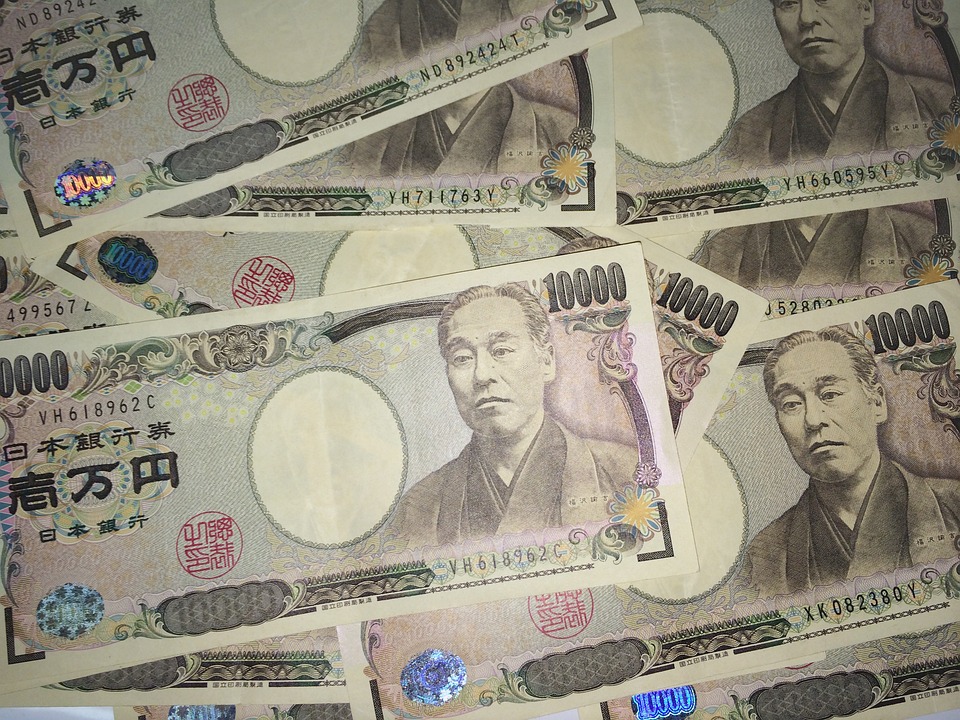USD/JPY Gains Modestly As US Dollar Stabilizes Despite Soft ADP Report

Image Source: Pixabay
- USD/JPY trades modestly higher near 143.75, retreating from an intraday high of 144.25.
- The US Dollar Index rebounds after hitting its lowest level since February 2022 on Tuesday.
- ADP report shows surprise private-sector job losses in June, with steady wage growth.
The Japanese Yen (JPY) loses ground against the US Dollar (USD) on Wednesday, as the Greenback recovers slightly after hitting its lowest level since February 2022 the previous day. The modest rebound comes as traders digest a batch of US economic data and cautious comments from Federal Reserve (Fed) Chair Jerome Powell, which have helped ease some of the recent downward pressure on the US Dollar.
The USD/JPY pair is trading modestly higher, pulling back from over three-week lows. At the time of writing, the pair is hovering around 143.75, below the intraday peak of 144.25, as it gives up a portion of the gains registered earlier in the day following a weaker-than-expected ADP Employment Change report.
The ADP report showed an unexpected decline in private sector employment for June, while wage growth remained largely steady. Private businesses in the US shed 33,000 jobs last month, marking the first decline since March 2023. This follows a downwardly revised 29,000 job gain in May and falls well short of market expectations for a 95,000 increase. The data strengthens the case for potential Fed interest rate cuts but also raises concerns that the labor market may be cooling more rapidly than anticipated.
However, the reaction in the US Dollar was relatively muted, with the US Dollar Index (DXY) hovering just shy of the 97.00 mark, up nearly 0.25% on the day. Investors appear cautious ahead of Thursday’s more comprehensive Nonfarm Payrolls (NFP) report, which is expected to provide clearer signals on the strength of the labor market and the Fed's policy outlook.
Meanwhile, tariff negotiations between the United States and Japan have entered a critical phase, with both sides hardening their positions ahead of the July 9 deadline. On Tuesday, former President Donald Trump warned that tariffs as high as 35% could be imposed on Japanese imports if a deal isn’t reached, stating, “I don’t think Japan has been fair to us. They’ve had a great deal for decades—those days are over.” The comments put renewed pressure on Tokyo to offer concessions. However, Japanese officials remain firm, with Prime Minister Shigeru Ishiba reaffirming Japan’s stance to “protect national interests,” particularly in agriculture and the auto sector. Tokyo has instead proposed enhancing bilateral investment as a more sustainable solution. With little progress reported and tensions escalating, markets are increasingly on edge as the deadline approaches.
Bank of Japan (BoJ) Governor Kazuo Ueda struck a cautious tone on Tuesday, emphasizing that the central bank remains in wait-and-see mode. He noted that the BoJ is closely monitoring the potential impact of US-led tariffs and the path of underlying inflation before committing to further policy moves. “Headline inflation is above 2%, underlying inflation is below 2% — I want both to converge to 2% by the time I leave office,” Ueda said, referring to the end of his term in April 2028. Despite ongoing speculation about gradual normalization, market pricing reflects limited expectations, with swaps currently factoring in just 25 basis points of tightening over the next year.
More By This Author:
AUD/USD Remains Depressed Below YTD Peak, Around 0.6565 Ahead Of US ADP Report
Japanese Yen Remains On The Back Foot Amid Trump's Tariffs Threat
U.S. Crude Oil Price Forecast: WTI Rises As Focus Shifts To Upcoming API Report
Information on these pages contains forward-looking statements that involve risks and uncertainties. Markets and instruments profiled on this page are for informational purposes only and should not ...
more


